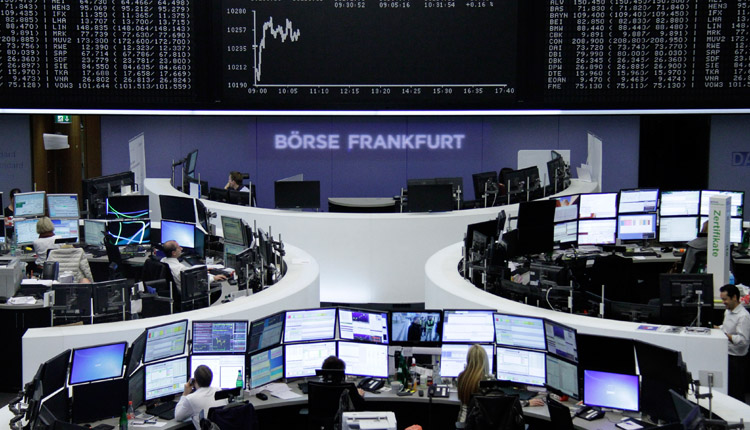European stock markets took a downward turn on Friday afternoon, amid growing fears of a military confrontation in the Middle East.
Despite making gains on Friday morning, the pan-European Stoxx 600 traded lower during afternoon deals and ended the session in the red. Most sectors and major bourses were in negative territory.
Oil and gas stocks bucked the trend, gaining 0.6 percent as oil prices rose. Brent crude exceeded $65 a barrel on Friday amid fears the U.S. may launch a military attack on Iran that would disrupt Middle Eastern oil exports.
Sweden’s Lundin Petroleum surged to the top of the European benchmark on the back of the higher oil prices. Shares of the Stockholm-listed stock gained more than 5 percent during Friday’s session.
At the other end of the scale, France’s Natixis shook off earlier gains to sink toward the bottom of the index. Shares of the bank saw gains earlier in the session, but were trading more than 2 percent lower during afternoon deals after fund ratings firm Morningstar put the lender’s H20 fund management arm under review on Thursday.
London-listed IQE warned on Friday that revenue would be weaker-than-anticipated for the 2019 financial year. The company, which makes semiconductor wafers for chips used in Apple products among others, issued the revenue warning as U.S. restrictions on Huawei caused more order delays and several of its chip customers slashed forecasts.
Shares of IQE tumbled almost 25 percent on the news, prompting other European semiconductor stocks to slide. AMS and Infineon were both trading lower at the closing bell.
US-Iran tensions
Market focus is largely attuned to the simmering geopolitical tensions between the U.S. and Iran. It comes after the New York Times reported late Thursday that President Donald Trump approved military strikes on several Iranian targets, but abruptly pulled back from launching the attacks.
U.S. officials said Thursday that an Iranian missile had shot down an unmanned U.S. surveillance drone over the Strait of Hormuz, a shipping route through which much of the world’s oil flows. Iran claimed that the drone was above its territory.
The risk of conflict between Washington and Tehran has been rising since the Trump administration’s decision to withdraw from the 2015 Iran nuclear agreement.
Before the confrontation over the American drone, the U.S. accused Iran of recent attacks on oil tankers in the Persian Gulf region.
Oil prices jumped more than 6 percent in the previous session, amid heightened fears of supply constraints.
Back in Europe, Britain posted a larger-than-expected budget deficit on Friday. The deficit for May rose by 23 percent from the previous year, the U.K.’s Office for National Statistics said.
Sterling sank below $1.27 on Friday after Bank of England Governor Mark Carney dismissed claims made by Boris Johnson — the favorite to replace Theresa May as Britain’s next Prime Minister — that the U.K. can avoid EU trade tariffs in the event of a no-deal Brexit.
Source: CNBC



